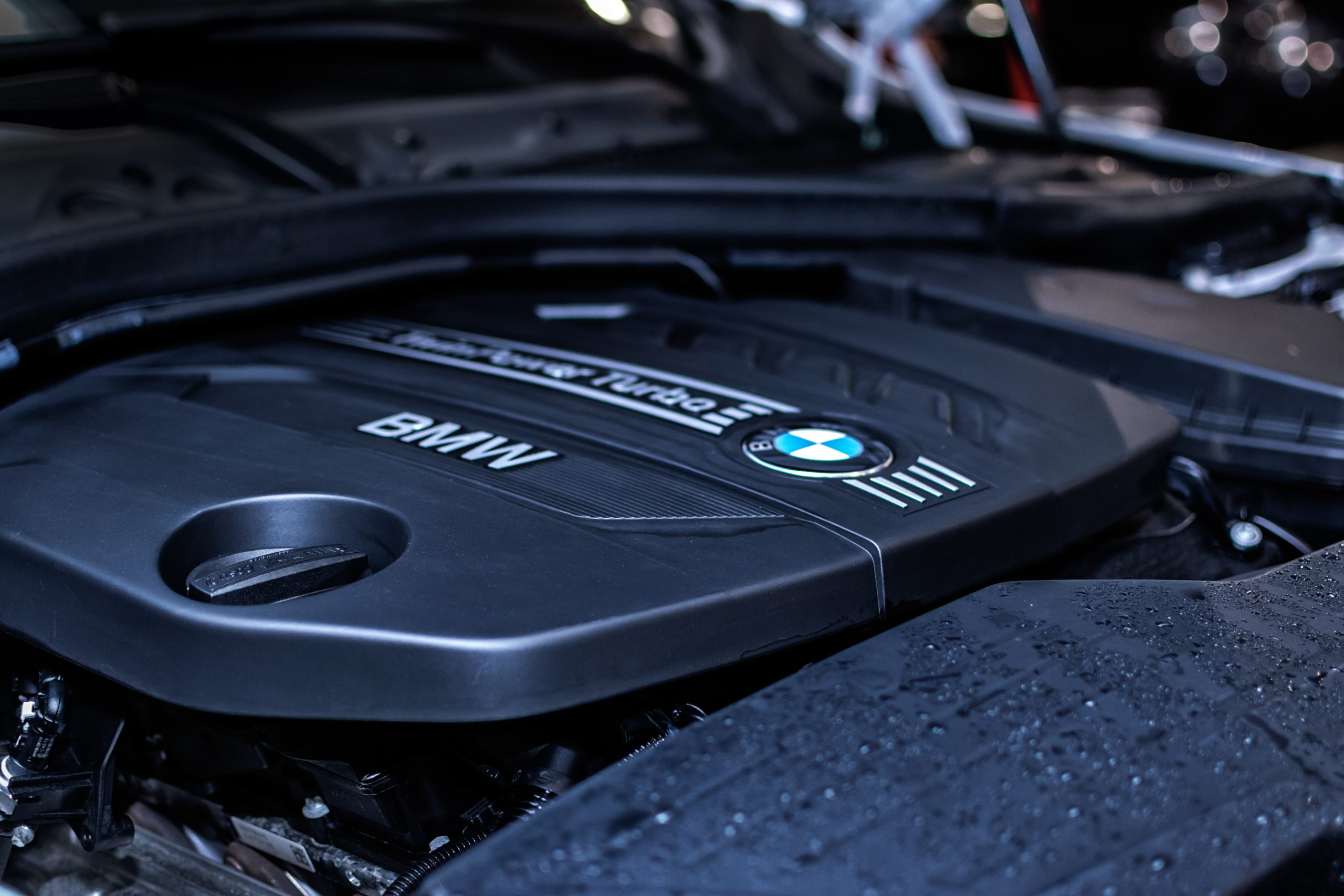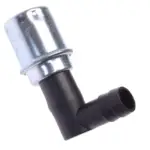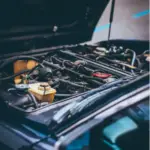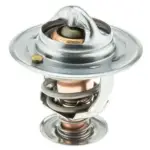Variable valve timing (VVT) is used extensively in internal combustion engines to change valve lift based on engine load and speed. Most internal combustion engines utilize a four stroke engine cycle: intake, compression, combustion, and exhaust. Intake valves control how much air and fuel is sent into the combustion chamber for the combustion stroke. During the combustion stroke, fuel is ignited by the spark plug and power is created. The exhaust valve then opens and the fumes are pushed out of the cylinder, and then the intake stroke is repeated. All car engines follow this cycle.
An engines air and fuel demands change drastically from low to high rpm. Without variable valve timing, an engine would have to be tuned for efficiency at low speeds while sacrificing power at higher rpm or tuned for power while sacrificing efficiency. VVT allows engines to vary the valves opening area, open length of time, and even what point in the engine cycle the valve opens.
The Benefits of Variable Valve Timing
Engines without VVT would have one type of character. As you accelerate and increase rpm, the engine would have a linear-like increase in power. However with VVT it is possible to give engines different performance characteristics in different rev ranges. For instance an engine could be tuned for efficiency between 0-3000rpm, but above 3000rpm the engine could adjust its valve timing to increase performance. The goal of VVT is to give people their cake and let them eat it too! Many engines are either optimized for efficiency at low rpm but have no power or for power at high rpm but have no low efficiency. Efficiency and power have always been the incompatible pair that every consumer desires in their car. Variable valve timing allows engines to have both without compromising. The benefits of VVT basically boil down to the following:
- More horsepower and torque throughout the rev range
- Greater engine efficiency
- Lower carbon emissions
Types Of VVT
There are many different types of VVT. We’ll go over a few of them below.
VTEC – is a type of VVT technology used by Honda. It stands for variable valve timing and electronic lift control. VTEC uses varying oil pressure to change camshaft profiles. The valves are attached to the lobes on the camshafts. At higher engine rpms the camshaft profile is changed via oil pressure. At high speeds, the oil pressure shifts the camshaft so that the valves are now riding against the high speed cam lobe. This new profile on the lobe increases the intake valves’ lift. The increased lift correlates to a greater open surface area which allows more air into the cylinder for better combustion and increased performance.
LIVC– Late intake valve closing works by leaving the intake valve open for so long that air is actually forced out of the cylinder during the compression stroke. The air rushing out of the cylinder increases the pressure of the air in the intake manifold. On the next intake stroke the higher pressure air rushes in and the process is repeated. LVIC reduces emissions and increases efficiency, but it does not give any major horsepower gains.
EIVC – Early intake valve closing involves closing the intake valves midway through the intake stroke. EVIC is used during low engine load and low engine speed. During low speed and load operation it takes a lot of work to fill the cylinder with air. Instead of filling the cylinder completely with air, the intake valve closes early. While this does increase fuel efficiency EVIC has been shown to increase the fuel economy by up to 7%.
VVC – Variable valve control used by Land Rover, is another type of VVT. This VVC technology is able to constantly alter the duration that the intake valve is opened. VVC was considered one of the most advanced forms of VVT when it was first released. VVC is able to vary the valves duration continuously due to an eccentric drive. This eccentric drive can vary the relation of the camshaft’s rotational speed with respect the engine’s crankshaft rotational speed. While VVC is very advanced, it does add complexity to the engine. Each cylinder’s intake valve can be varied continuously and opened or closed at different times in relation to other cylinder’s valves. To accomplish this, VVC uses one camshaft per cylinder. In other words Land Rover’s four cylinder engine requires for camshafts while most other vehicles only have one or two.




